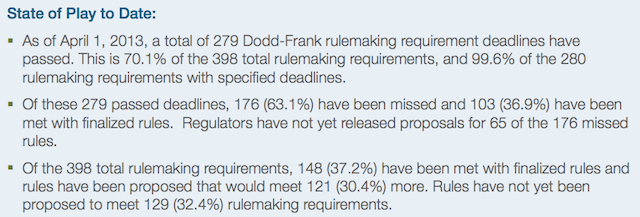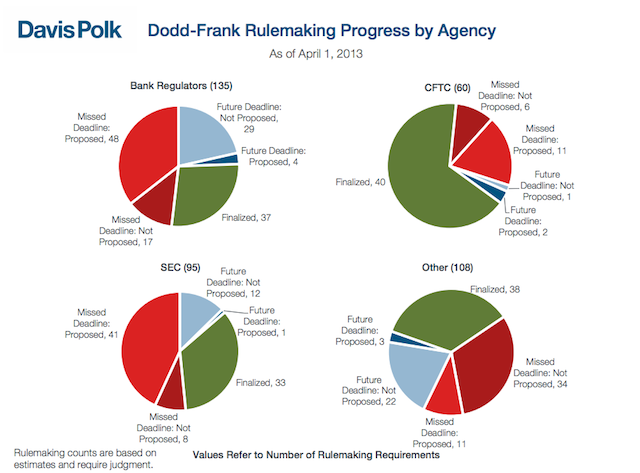In Levitt v. J.P. Morgan Sec., Inc., 10-4596-CV, 2013 WL 1007678 (2d Cir. Mar. 15, 2013), the Second Circuit reversed a district court’s grant of class certification to a group of plaintiffs who alleged that Bear Sterns (subsequently bought by J.P. Morgan) had violated its duty to disclose when it did not notify investors of a fraudulent scheme by Sterling Foster, a now-defunct brokerage firm.
The case concerned allegations of fraud arising from a September 1996 IPO of ML Direct, a television marketing firm. Sterling Foster orchestrated the IPO as the introducing broker, with Bear Sterns (subsequently acquired by J.P. Morgan) acting as the clearing broker. In general, the clearing broker in a transaction owes no duty of disclosure to the customers of the introducing broker. However, the plaintiffs sought to overcome this hurdle by establishing that Bear Sterns actively participated in the fraudulent scheme.
The district court agreed with the plaintiffs that Bear Sterns’s participation was extensive enough to trigger a duty to disclose. However, the Second Circuit held that the plaintiffs had failed to allege “sufficiently direct involvement” by Bear Sterns.
The Second Circuit noted that providing “normal clearing services” do not give rise to a duty to disclose, even when the broker providing those services is aware of the introducing broker’s fraudulent intentions. Rather, to trigger a disclosure duty, the clearing broker would have to actively depart from its normal passive clearing functions and affirmatively exert “direct control” over the introducing broker and the fraudulent trades. The court found that Bear Sterns, by merely “allowing” such trades to proceed, had not assumed such a level of control.
The plaintiffs’ counsel characterized the ruling as “a sad day for investor protection,” stating that the court had “has for the first time held that a clearing firm has no duty to disclose that it is knowingly participating in market manipulation by its introducing broker.”
The court, however, carefully declined to address the legal implications of “market manipulation itself” on the duty to disclose, confining itself to its factual conclusion that Bear Sterns did not directly engage in such manipulation. Underscoring the narrowness of the Second Circuit’s ruling, the New York district court refused to apply Levitt to a case where a defendant had made misleading statements, holding that the making of misleading statements constituted direct involvement. The same district court has also recently observed that the question of market manipulation remains open.

